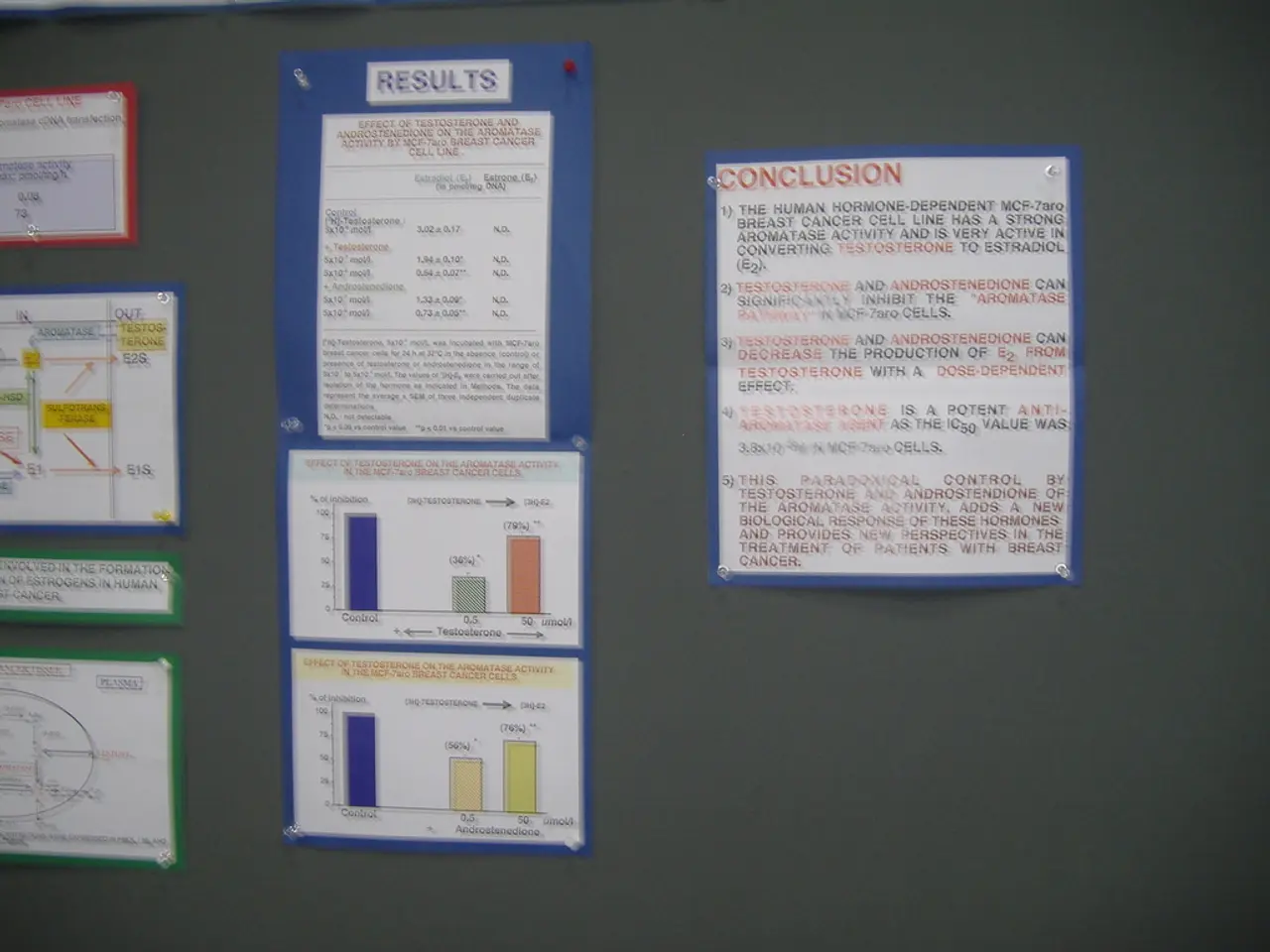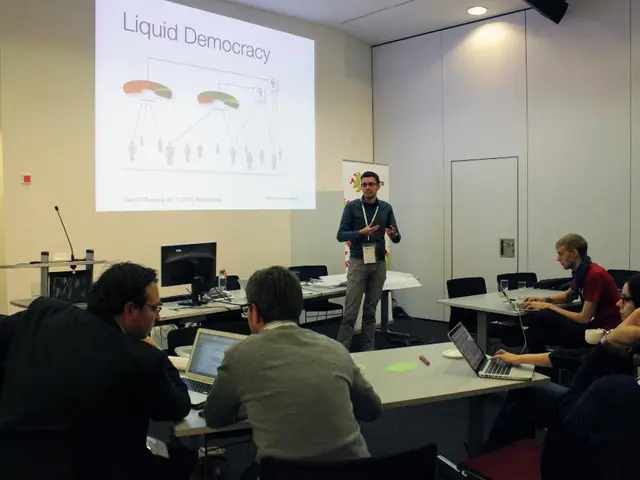Sky-high expenses: Addressing issue-based claims in building development ventures
In the world of mega and giga projects in the Middle East, managing defect-related claims is a critical aspect of construction success. These projects, with their unprecedented levels of complexity, require meticulous planning, diligent supervision, and clear procedures to ensure quality and prevent disputes.
FIDIC contracts, commonly used in the region, emphasise preventive strategies such as detailed contract terms, strict supervision, formal defect notification, and robust documentation.
Detailed Contract Documentation
Contracts should clearly specify construction methods, material standards, inspection and testing procedures, duration and responsibilities during the Defects Liability Period (DLP), penalties for defects or rework, and precise processes for defect reporting and repairs. This clarity limits ambiguity that often leads to claims.
Supervision and Quality Control
Active supervision during construction is essential. Regular site inspections, quality checks, and independent third-party audits are key to maintaining quality. Immediate documentation of any issues helps ensure accountability and facilitates timely remediation.
Defects Liability Period (DLP) and Claims Management
Under FIDIC, contractors remain liable to repair defects found within the DLP, which can be up to one year or longer depending on the contract and type of defect. Employers must formally notify contractors within the allowed timeframe to preserve claims and enforce corrective actions. In some regions, like Bahrain, legal frameworks also recognise extended liabilities such as decennial liability for major structural defects lasting up to 10 years.
Retention and Record Keeping
Retaining a percentage of payments due to the contractor can help in ensuring that any defects for which the contractor is responsible are rectified prior to final settlement. Maintaining thorough records of work performance, defect lists, and correspondence is critical to substantiate any retention-related disputes or defect claims.
Use of Risk Analysis and Probabilistic Methods
Integrating probabilistic risk assessments like Monte Carlo simulations in planning can aid in anticipating defects-related costs and scheduling impacts, improving decision-making about contingencies during project delivery.
Independent Inspection of Defects
Independent inspection of defects may be invaluable in ensuring that disputes do not snowball into larger disputes.
Defects can appear at any stage of the construction lifecycle. During the construction stage, defects may arise due to poor workmanship, lack of quality control, inadequate supervision, and/or poor or insufficient inspection practices. At the commissioning and handover stage, operational defects may surface, often relating to the performance of systems and incomplete finishes.
To ensure that a defect may be identified as such, it is key that the contractual scope of works, specifications, and obligations set out in the construction contract are as clear as possible. Proper testing, commissioning, and inspections throughout the project lifecycle are critical for identifying any operational defects before the project is completed and handed over.
The FIDIC Red Book requires the employer to appoint an engineer with specific duties and authority to properly oversee the project. Other jurisdictions in the region provide for similar provisions, including for example Qatar, Kuwait, Jordan, and Iraq.
An effective inspection and tracking system is important to ensure that defects are spotted at the earliest possible opportunity and can be rectified promptly. In Saudi Arabia, decennial liability arises out of the Saudi Building Code and provides that the 10-year joint liability period commences from the date of issuance of the Occupancy Certificate. In the UAE, the contractor is strictly liable for all defects and has joint and several liability with the design consultant for design defects.
In conclusion, FIDIC contracts combined with regional legal frameworks emphasise preventive strategies such as clear contract terms, strict supervision, formal defect notification, and robust documentation to manage and prevent defect-related claims effectively in the Middle East construction sector. These strategies, when combined with regular inspections, a comprehensive quality assurance system, and the use of risk analysis methods, can help ensure the success of construction projects in the region.
- To prevent disputes due to poor workmanship or inadequate supervision, it is crucial to employ technology in sports metaphors, such as implementing advanced quality control systems that function like a well-drilled team, delivering consistent results with precision and accuracy, and deploying digital tools for efficient inspections and timely rectification of defects, much like a swift runner who swiftly tackles obstacles.
- Just as a sports coach meticulously analyses game footage to identify areas for improvement, construction stakeholders can use technology to conduct probabilistic risk assessments, anticipating defects-related costs and scheduling impacts, thereby improving decision-making and optimizing project performance.




